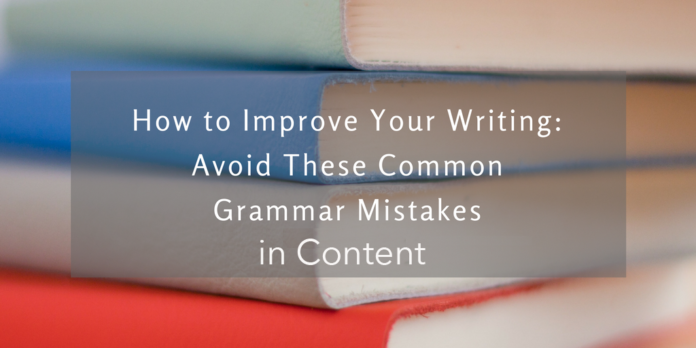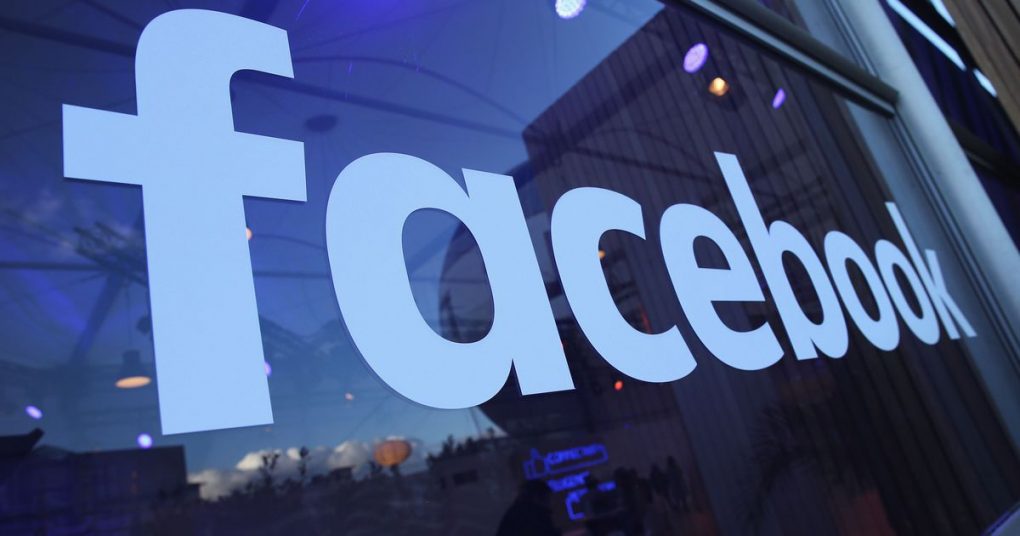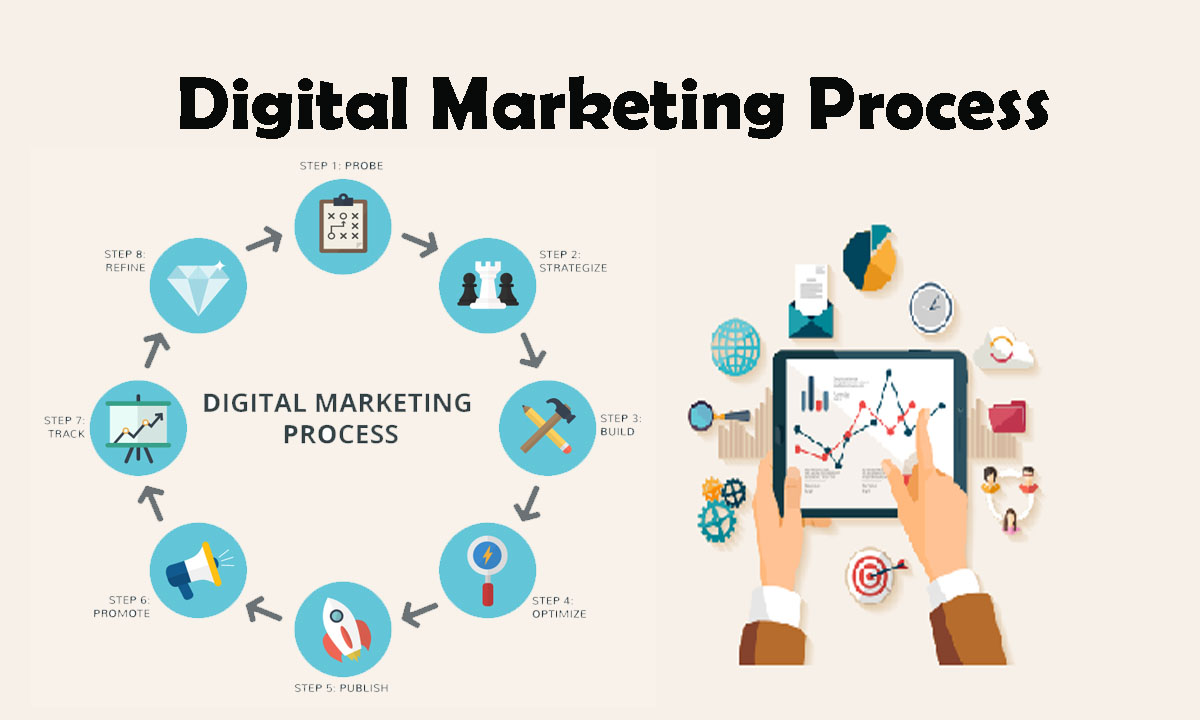15 Grammar Mistakes that Can Keep Your Content from Spreading
We are all guilty of committing grammar mistakes. This is particularly true for writers who write several articles and edit them on a daily basis. We are used to our own voices that we forget about grammar rules. Sometimes, we are caught up in the string of words we forget that those words only come out as babble. We only find out it doesn’t sound right after a good night’s sleep or someone else reads the whole thing.
Great content comes from ideas but grammar still rules a digital marketing agency Philippines. of course, practice improves writing but nothing is better than acknowledging your mistake. You can minimize your errors when you become aware of them. With that in mind, you can use this list as a guide to improve your content generation.
1. They’re, Their, There
They sound the same but they are used in different situations. “They’re” is a contraction of “they are”. “Their” a thing owned by a group while “there” is used to point out places. To ensure you are using the right word, go over your text a few times and read them thoroughly. That way, you are sending the right message to your audience.
2. You’re, Your
“Your” is used to show ownership while “you’re” depicts a state of something. “Your” is a possessive while “you’re” is the short form of “you are.” Sometimes, you need to go over your pronouns to gain clarity of the situation.
3. It’s, Its
This is another classic pair of a contraction and possessive. “It’s” is a contraction of a possessive. Don’t get it mixed up with the rest of the possessives with an apostrophe. The real possessive is “its.”
4. Affect, Effect
A lot of people are confused about these two. They continuously alternate using them as if they don’t have their own meaning. First, “effect” is a noun. When talking about a change, you must use “effect”. But if you’re referring to the act of changing, which is a verb, you must use “effect.”
5. Me, I
“I” seems proper and fitting to use in every sentence but not when you refer to yourself as an object of the sentence. When that’s the case, you have to use “me” to refer to yourself.
6. To, Too
“To” is used before a noun or a verb to describe a place, a recipient or an action. Meanwhile, “too” is an alternative to “also” or “as well”. You can also use it to describe adjectives in extremes.
7. Peak, Peek, and Pique
“Peek” is taking a quick look at something. “Peak” is a sharp point while “pique” is to provoke or instigate. Before using any of these words, think of the definition. Make sure you are using the right word to express what you mean clearly.
8. Who, That
Use “who” when describing a person. If you are pointing to an object, use “that.”
9. Who, Whom, Whose, and Who’s
All of these are used to point to a person but which form is the right one to use? To identify a person when asking a question, you should use “who” and “who’s” – the contraction of “who is.” Meanwhile, you can use “whom” to point to someone who is receiving something. You can also use it to describe someone on the receiving end of the action. To denote ownership, you have to use “whose.”
10. Loose, Lose
Everyone knows at least a bunch of people who can’t figure out the difference between the two. “Lose” is a verb. It means “to be unable to find something or someone”, to fail to win (a game or a contest) or to fail to keep or hold something wanted or valued.” Use “lose” to describe a game of chess or misplacing your favorite shirt. “Loose” is an adjective meaning “not tightly fastened, attached, or held.”
11. A lot, A lot and Allot
If you’re unsure about a word, check the dictionary. If you did, you would know that “a lot” is not a word. If you want to point out the myriad of choices or the amount of clutter hoarder keep in their homes, then you must use “a lot.” But if you’re talking about keeping some money for something you will buy in the
future, you have to use “allot.”
12. i.e. and e.g
“i.e.” means “that is” or “in other words” while “e.g.” stands for “example given” or “for example.” The first one is used to clarify statements while the latter is used to provide examples.
13. Incomplete Comparisons
If you use grammar editing tools, you might find your text full of mistakes because of incomplete comparisons. Don’t throw around adjectives ending in -er if you have nothing to offer on the table. Always clarify what you are asserting so readers aren’t confused.
14. Dangling Modifiers
Aren’t we all guilty of this at least once or twice in our writing career? This happens when the word that comes after a phrase doesn’t describe it. You can fix this by flipping the sentence structure. Not only does it sound better than before, but it also appears polished.
15. Using “They” to Refer to a Brand or Entity
A business is not a plural. It is a single entity regardless of its business organization. Therefore, the right pronoun to use is “it.” These are the common grammar error we are likely to make when deep in thought. Ensuring that all of our content is free of mistakes helps us gain the trust of our readers. Most of all, it builds readership and
increases the eyeballs we receive on long-form content.



















